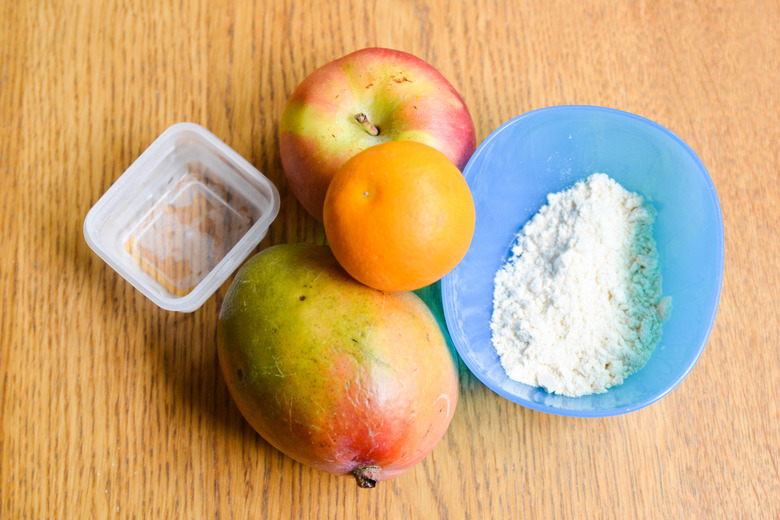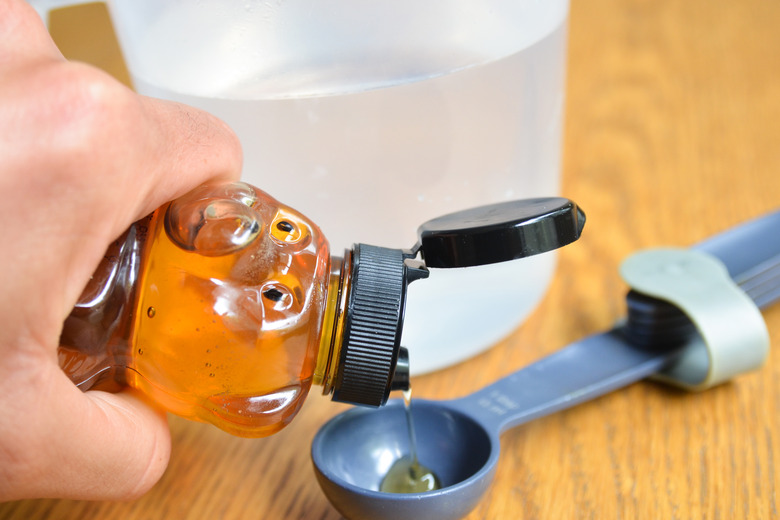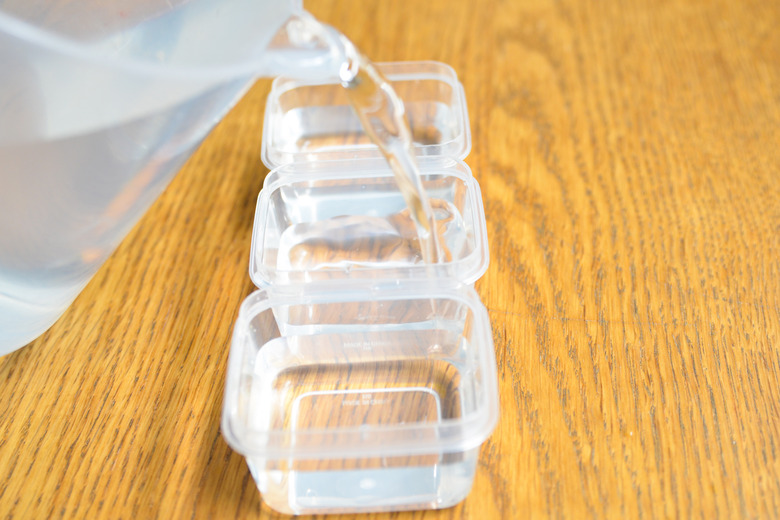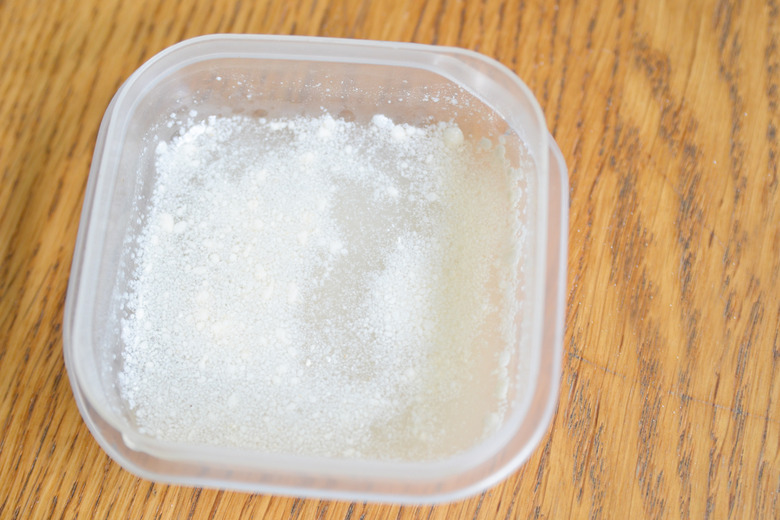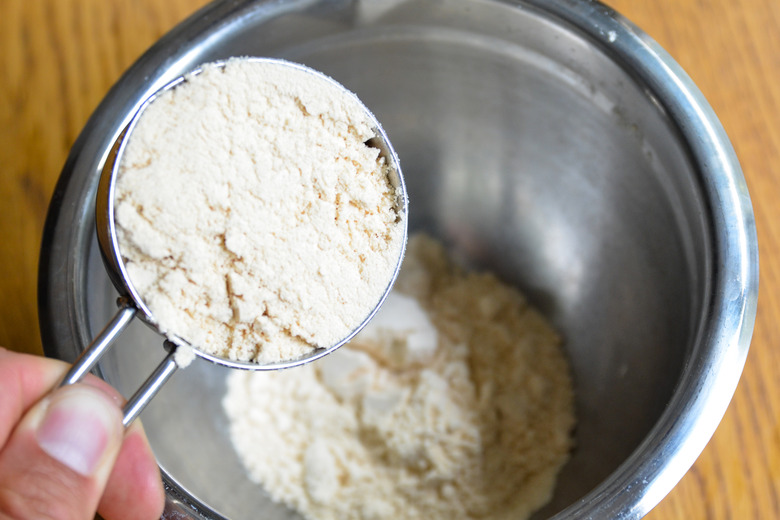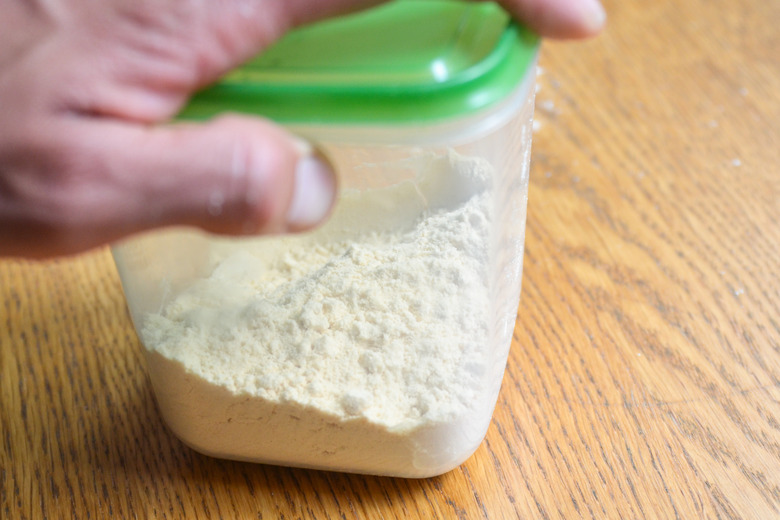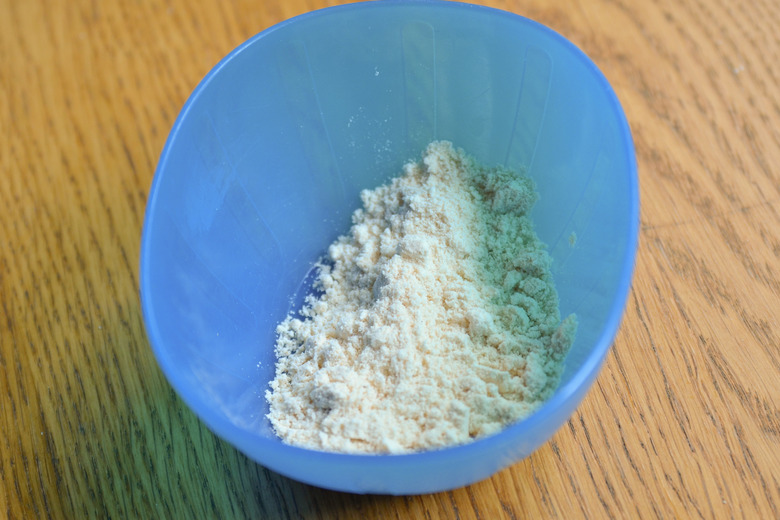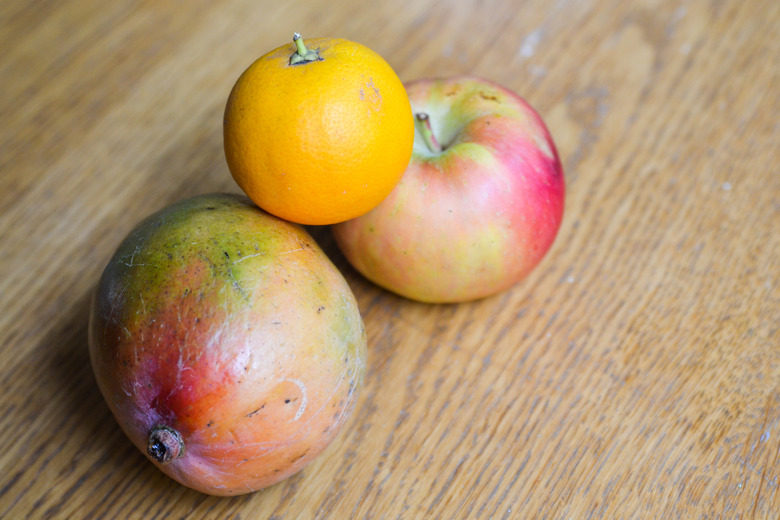How To Make Your Own Lorikeet Food Nectar
Things Needed
-
2 cups rice baby cereal
-
2 cups rice flour
-
2 cups egg and biscuit mix
-
1 cup glucose powder
-
1 teaspoon vitamin-mineral powder
-
1 dessert spoon pollen
-
4 cups water
-
1 tbsp. pollen
-
1 tbsp. of honey
-
2 cups of high protein baby cereal
-
1/2 tsp. calcium carbonate
-
1/2 tsp. multivitamin powder
-
1/2 cup powdered skimmed milk
-
Variety of organic fresh fruits
Tip
Offer your lorikeet any nectar-bearing fresh flowers when available; these will be greatly appreciated. Be sure that the flowers are organic and that they have not been exposed to insecticides.
Restricted to natural habitats in western Pacific and the East Indies, lorikeets are small, colorful parrots and popular pets, and are unique for their adaptation to a diet of nectar, pollen and fruit. According to BirdsNWays.com, lorikeets cannot survive on a diet of birdseed. In captivity, a natural pollen- and nectar-only diet is impossible to achieve, but commercial lorikeet nectars and dry foods are available. However, you can make your own homemade nectar and dry food blends — supplemented with liberal servings of fresh fruits — to keep your small pet parrot healthy and happy.
Making Lorikeet Nectar
Step 1
Make a homemade liquid lorikeet nectar. Mix together 4 cups of water, 1 tbsp. of pollen, 1 tbsp. of honey, 2 cups of high-protein baby cereal, 1/2 tsp. of calcium carbonate, 1/2 tsp. of multivitamin powder and 1/2 cup of powdered skimmed milk into a fairly watery mix.
Step 2
Pour the mixture into ice cube trays, and freeze.
Step 3
Feed each bird a melted nectar ice cube daily.
Making Lorikeet Food
Step 1
Make a dry lorikeet food blend. Mix together 2 cups of rice baby cereal, 2 cups of rice flour, 2 cups of egg and biscuit mix, 1 cup of glucose powder, 1 teaspoon of vitamin-mineral powder and 1 dessert spoon of pollen.
Step 2
Store the dry food blend in airtight containers, and keep refrigerated.
Step 3
Keep the dry food blend constantly available to your bird.
Step 4
Feed your lorikeet a variety of organic fresh fruits daily. Apples, pears, mangos, oranges, melons, grapes, paw paw and tangerines are all usually enthusiastically eaten, according to BirdsNWays.com, which suggests that virtually any fruit except avocado can be offered to pet lorikeets.
